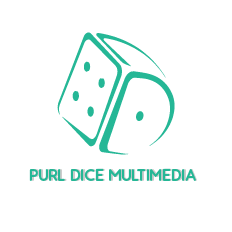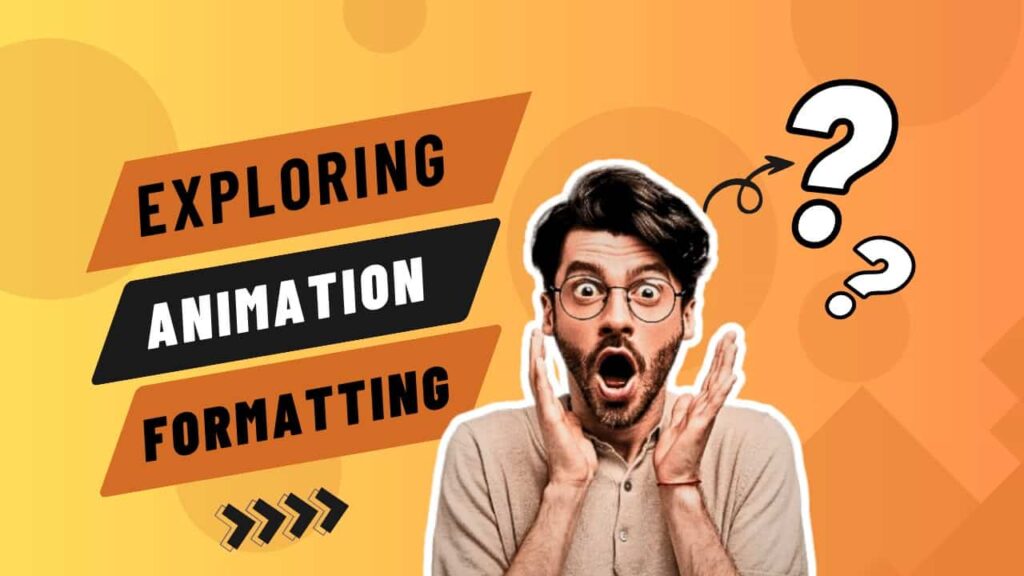Introduction:
Animation editing and formatting serve as indispensable components in crafting compelling animated content. From the early days of hand-drawn animation to the current era of advanced CGI, the techniques and methodologies employed in animation editing have undergone significant evolution. In this literature review, we delve into the core concepts, historical perspectives, and contemporary advancements in animation editing and formatting, shedding light on their profound impact on the animation industry.
Historical Context:
The origins of animation editing and formatting can be traced back to the pioneering efforts of visionaries like Walt Disney and Max Fleischer. These trailblazers laid the groundwork for modern animation techniques, emphasizing the importance of timing, pacing, and narrative coherence in animated storytelling. Techniques such as cel animation and multiplane cameras emerged during this period, setting the stage for subsequent innovations in animation editing.
Key Principles in Animation Editing:
Animation editing encompasses a myriad of principles and methodologies aimed at refining and enhancing animated sequences. Central to this discipline is the concept of timing, which involves precisely determining the duration of each frame or scene to establish rhythm and pacing. Continuity editing is another pivotal aspect, ensuring seamless transitions between shots and maintaining narrative fluidity.In addition to timing and continuity, animation editing encompasses techniques like splicing, compositing, and the integration of special effects. Splicing allows animators to seamlessly merge different elements or scenes, while compositing involves layering multiple images to achieve complex visuals. Special effects, such as motion blur and lighting effects, contribute to the overall realism and impact of animated sequences.
Tools and Software:
The advent of technology has revolutionized animation editing, providing animators with an array of sophisticated tools and software to streamline the editing process. Leading software packages like Adobe After Effects and Autodesk Maya have become industry standards, offering features such as timeline editing, keyframe animation, and motion tracking.
These software solutions empower animators to manipulate animated elements with precision and efficiency. Additionally, they often come equipped with built-in rendering engines and extensive libraries of visual effects, enabling animators to achieve professional-quality results with ease.
Challenges and Considerations:
Despite the advancements in animation editing software, animators face several challenges and considerations in their craft. Technical limitations, compatibility issues, and the steep learning curves associated with advanced software can pose significant obstacles, particularly for newcomers to the field. Moreover, maintaining consistency in style, tone, and visual quality across diverse scenes or sequences requires meticulous planning and attention to detail.
The increasing demand for high-quality animation across various platforms and devices presents additional challenges for animators. Ensuring compatibility with different screen sizes, resolutions, and aspect ratios necessitates adaptability and flexibility in the editing and formatting process.
Future Prospects:
Looking ahead, the future of animation editing holds promise for further innovation and advancement. Emerging technologies such as artificial intelligence (AI) and machine learning are poised to revolutionize the editing process, offering automation and optimization capabilities that streamline workflow and enhance efficiency. Additionally, immersive technologies like virtual reality (VR) and augmented reality (AR) present new avenues for interactive storytelling and experiential animation.
Conclusion:
In conclusion, animation editing and formatting play a pivotal role in shaping the narrative and visual aesthetics of animated content. From foundational principles to cutting-edge software solutions, animators leverage a diverse toolkit to bring their creative visions to life. As technology continues to evolve, the field of animation editing is poised for continued growth and innovation, offering exciting opportunities for animators to push the boundaries of storytelling and visual expression in the dynamic world of animation.

